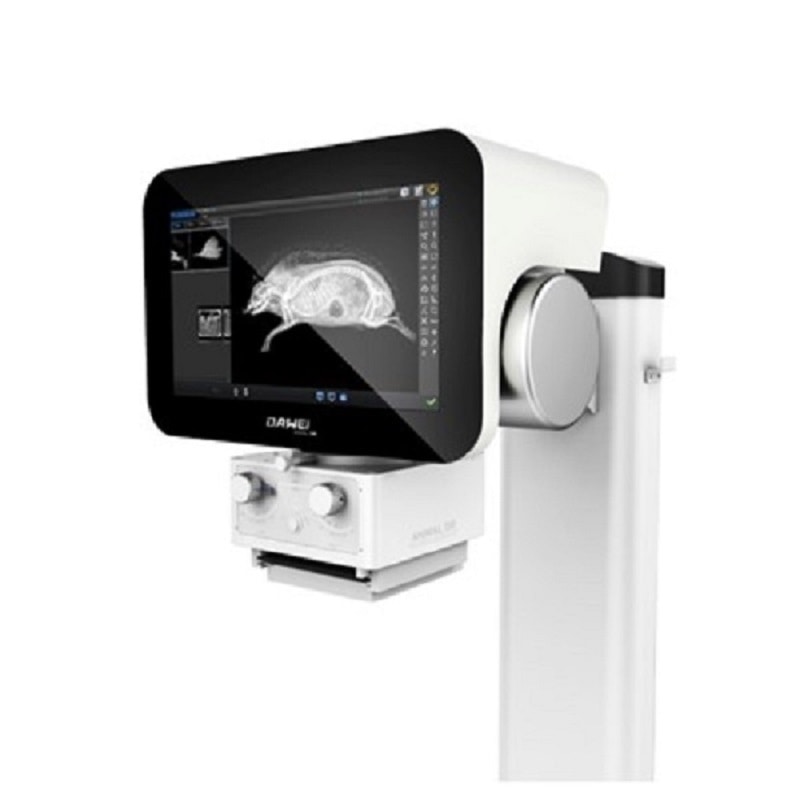
#Industry News
Performance comparison of DR and CR
DR Performance
Compare the performance of DR and CR from imaging principle, image resolution, and application.
Imaging principle
DR uses direct X-ray conversion technique, which utilizes an X-ray detector to convert the radiographic information and has fewer imaging sessions.
CR uses indirect X-ray conversion technology, which uses the image plate as the X-ray detector and has more imaging sessions compared to DR.
Image resolution
DR system has no image blur caused by optical scattering, and its clarity is mainly determined by the size of the pixels.
Due to the structure of CR system, when irradiated by X-rays, the phosphorus particles in the image plate scatter the X-rays, causing latent image blurring; in the process of interpreting latent image, the laser scanner excitation light scatters when passing through the deep part of the image plate, forming excited fluorescence along the path, blurring the image and reducing the image resolution, so the shortcomings of the current CR system are mainly poor temporal resolution, which cannot satisfy the display of dynamic organs and structures.
Application
CR systems are more suitable for plain radiography, and their non-specialized models can be used in conjunction with multiple conventional radiographs, and are more suitable for radiography of complex areas and positions.
DR system is more suitable for fluoroscopy and spot radiography and various imaging examinations, due to the flux limitation of single machine, it is not easy to replace the conventional radiography equipment in large hospitals with multiple machines working at the same time, but it is more suitable for small medical units and clinics for multi-use purposes.
In fact, CR and DR systems will be a pair of parallel development of the system for a long time.




